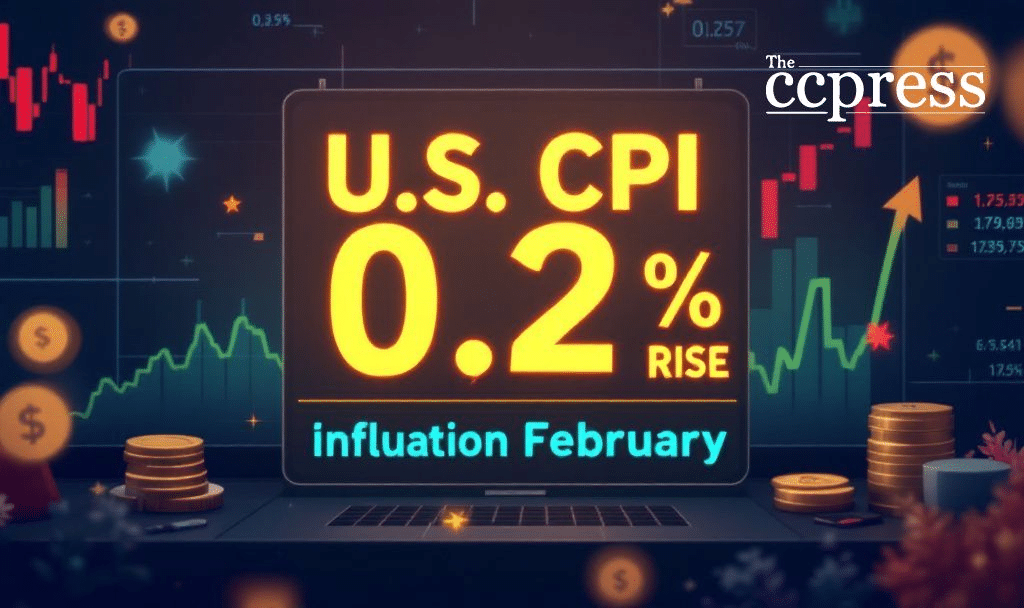- Lower than expected CPI increase impacts inflation trends.
- Shelter and energy indices showed notable movement.
- Expert predicts continued Fed caution on rate changes.
U.S. Consumer Price Index (CPI) rose 0.2% in February, lower than the anticipated 0.3%, according to official reports. This adjustment marks a slowdown compared to the previous month’s 0.5% increase.
Economic analysts highlight the report’s significance as it influences monetary policy decisions and inflation expectations. Immediate market reactions remain subdued, but long-term implications are expected.
The U.S. CPI rose by 0.2% in February, generating attention because it fell short of the expected 0.3% increase. Analysts had anticipated a continuity in inflation trends, but the report suggests a slowing pace. Over the past twelve months, all items index increased by 2.8%, a notable deceleration. Shelter and energy indices were prominent, the former contributing 0.3% to the monthly increase. Shelter remains a significant inflation component, with energy following closely. Core CPI, excluding food and energy, recorded a 0.2% rise for the month, indicating a steady trend in the broader inflation metric. The CPI report impacts Federal Reserve policy, influencing interest rate decisions. Lower than expected inflation rates temper immediate market responses but shape long-term economic forecasts.
Nate Gerze, CFA, Economic Analyst at First Trust Advisors, stated: “While this month’s inflation report is an improvement, one month of data does not make a trend. We expect the Fed to remain on hold until inflation renews its long and winding march toward 2.0%, or the economy slows substantially.”
The latest price data indicates that [Cryptocurrency Name] is currently trading at $[Latest Price], experiencing a fluctuation between $[Low Price] and $[High Price]. Analysts suggest that this trend aligns with previous market movements, reinforcing historical price patterns. Analysts are monitoring potential financial impacts, expecting ripple effects in sectors like housing or energy. Regulatory adjustments could follow suit, with authorities possibly revising existing monetary approaches. A nuanced evaluation of inflation metrics will guide broader economic policy developments.
